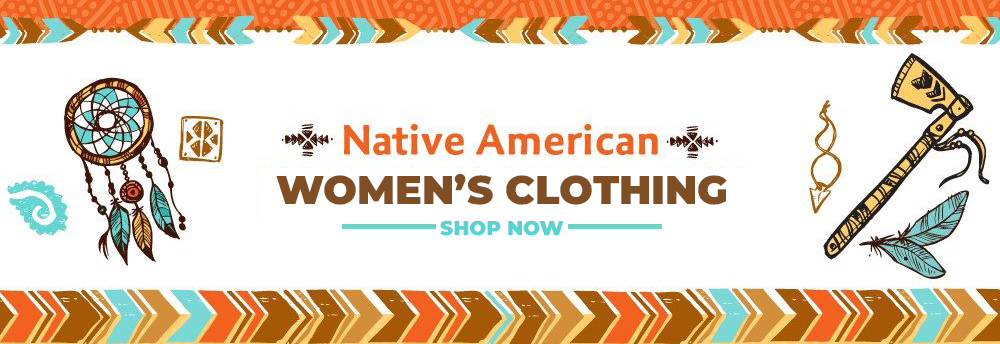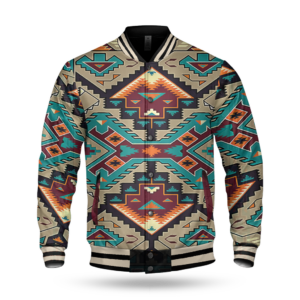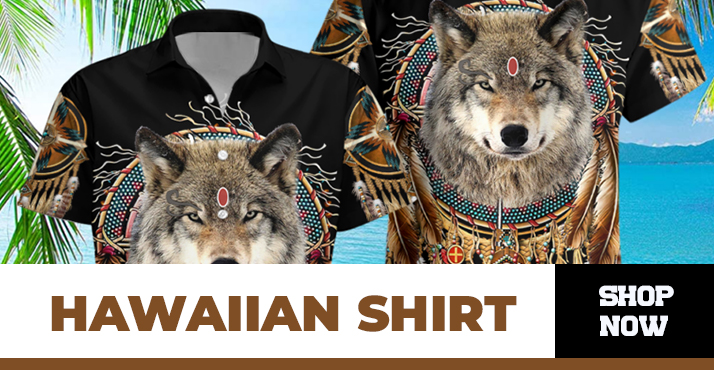Do we've the history of native american backwards
Have you ever stopped to consider the narratives and perspectives that form our understanding of history? In the case of Native American historical past, there could be ongoing discourse concerning the accuracy and portrayal of their previous. Some argue that the historical past of Native Americans has been misunderstood or misrepresented, whereas others contend that our understanding is correct. Join us as we delve into this thought-provoking matter, exploring different viewpoints and uncovering the complexities of Native American historical past.
Do we've the history of native american backwards
They exerted influence for a much longer period than they were subject to dominance, and in accordance with a brand new book, their impact on the United States was profound.
I nonetheless remember my first encounter with what may be the best-selling Native American history e-book ever printed, "Bury My Heart at Wounded Knee" by Dee Brown. I was twenty years outdated on the time, having journeyed from the Leech Lake Reservation in northern Minnesota, where I grew up, to Princeton, New Jersey, a spot seemingly devoid of any Native American presence. Since traditional native american clothing 49native in 1970, "Bury My Heart" has been translated into seventeen languages and offered tens of millions of copies. In its opening pages, Brown wrote, "The biggest focus of recorded expertise and remark got here out of the thirty-year span between 1860 and 1890—the period lined by this e-book. It was an incredible era of violence, greed, audacity, sentimentality, undirected exuberance, and an virtually reverential perspective towards the best of non-public freedom for many who already had it. During that point, the culture and civilization of the American Indian was destroyed."
I read this on the hundredth anniversary of the 1890 bloodbath at Wounded Knee Creek in South Dakota, the final main armed conflict between an Indian tribe and the us government, resulting within the brutal deaths of over two hundred and fifty Lakota males, women, and kids. Far from my Ojibwe homeland, it often felt like I was stranded on the distant shore of a complacent republic. native american clothing embraced the model of history offered in Brown's book—that Native American historical past was a litany of injustices, including disease, slavery, warfare, dispossession, compelled removing, near-genocide of the American bison, land seizures, and compelled assimilation, all of which had seemingly eradicated our lifestyle. However, my tradition and civilization didn't appear to have vanished. When I gazed westward and backward in time, I could not help but suppose that Brown's historical account was incomplete, and the declaration of our collective demise was considerably untimely.
Who lived in America earlier than the natives?
In the Nineteen Seventies, as a young archaeology pupil like myself, we were taught that the earliest people to reach North America had crossed over from Asia and Siberia by way of a land bridge roughly 13,000 to 13,500 years in the past. These pioneering individuals, collectively known as the Clovis people, have been believed to have entered North America by way of a hall that opened between huge ice sheets covering present-day Alaska and Alberta. The Clovis individuals then migrated southward throughout the continent, swiftly spreading their distinctive instruments to numerous areas in the Plains States and the Southwest before shifting eastward.
Substantial evidence of Clovis tradition had been unearthed in New Mexico. In 1908, a rancher driving alongside an arroyo on his property close to Folsom stumbled upon what appeared to be massive bones embedded within the embankment. These turned out to be remnants of gigantic Ice Age bison and other late Pleistocene megafauna, including mammoths, bearing unmistakable human-made reduce marks. Not removed from there, in Blackwater Draw, exquisitely crafted spear factors emerged within the Nineteen Thirties. Some of those factors had been roughly the dimensions of 1's palm and featured fluting, making them capable of taking down Ice Age creatures.
This theory, known as Clovis First, was the only accepted clarification for the initial human arrival and subsequent growth across North and South America. To be regarded significantly, any cultural artifact had to be dated after these discovered at Clovis.
Where is the Native American believed to have originated?
The two studies also offer a groundbreaking perspective on the migratory patterns of ancient Americans dating back to roughly thirteen,000 years ago. Earlier genetic research had advised that the forebears of Native Americans diverged from Siberian and East Asian populations approximately 25,000 years in the past, probably throughout their migration across the submerged landmass generally identified as Beringia, which as quickly as connected the Russian Far East to North America. Some teams remained isolated in Beringia, with Willerslev's research unveiling a recent example—an "Ancient Beringian" with remains dating back 9,000 years, found on Alaska's Seward Peninsula. Simultaneously, other populations embarked on a southward journey. Eventually, those that ventured beyond the ice sheets diverged into two distinct teams: "Southern Native Americans" and "Northern Native Americans" (occasionally referred to as Ancestral A and B lineages), every contributing to the peopling of the Americas.

The two studies also offer a groundbreaking perspective on the migratory patterns of historical Americans courting again to approximately 13,000 years in the past. Earlier genetic research had instructed that the forebears of Native Americans diverged from Siberian and East Asian populations approximately 25,000 years ago, presumably during their migration throughout the submerged landmass generally identified as Beringia, which as soon as related the Russian Far East to North America. Some groups remained isolated in Beringia, with Willerslev's research unveiling a contemporary example—an "Ancient Beringian" with remains courting again 9,000 years, discovered on Alaska's Seward Peninsula. Simultaneously, different populations embarked on a southward journey. Eventually, those that ventured past the ice sheets diverged into two distinct groups: "Southern Native Americans" and "Northern Native Americans" (occasionally referred to as Ancestral A and B lineages), every contributing to the peopling of the Americas.
What is the oldest Native American DNA?


Darrell 'Dusty' Crawford, hailing from Heart Butte on the Blackfeet Indian Reservation, obtained a stunning revelation relating to his ancestry when he underwent DNA testing to explore his biogeographical roots. Utilizing the providers of CRI Genetics, his ancestral lineage was astonishingly traced again a formidable 55 generations with an distinctive 99% accuracy price. This discovery was really distinctive, as the company had by no means before managed to hint anyone's ancestry in the Americas to such an historical timeframe. They even likened the rarity of this find to the prospect of encountering Bigfoot.

Crawford's DNA evaluation suggests that his Blackfeet forebears launched into an extraordinary journey from the Pacific, migrating alongside the South American coastline and ultimately moving northward. His haplogroup, part of MtDNA B2, can be traced back to its origin in Arizona roughly 17,000 years ago. This specific group is among the 4 major Native American groups that dispersed throughout the continent. The mitochondrial DNA examination supplied insights into Crawford's ancestral line, ultimately leading to 4 exceptional feminine figures: Ai, Ina, Chie, and Sachi. Based on his DNA, Crawford is identified as a descendant of Ina.
